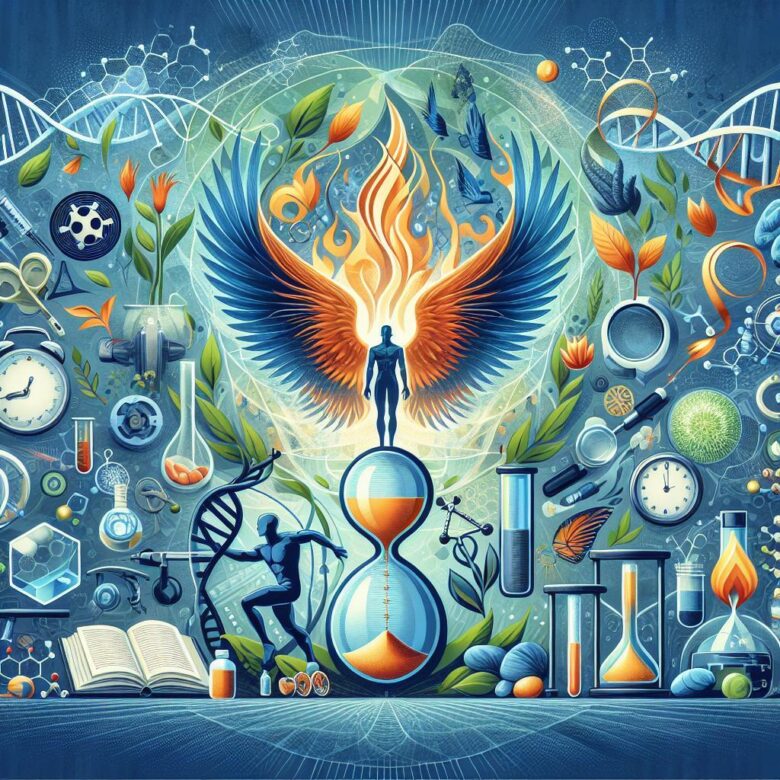In the ever-evolving landscape of sports medicine and rehabilitation, the quest for optimal recovery solutions has led practitioners and athletes alike to explore a range of innovative therapies. Among these, testosterone therapy has emerged as a subject of growing interest and debate. As a hormone widely recognized for its role in muscle growth, strength, and overall vitality, testosterone’s potential to accelerate recovery from injury presents an intriguing prospect. This article delves into the mechanisms behind testosterone therapy, examines its impact on healing processes, and considers the medical and ethical implications of its use in injury recovery. With a balanced approach, we aim to illuminate the complexities surrounding this therapeutic option, providing insights for athletes, healthcare providers, and anyone seeking to understand the full spectrum of recovery strategies in the modern age.
Understanding Testosterones Role in Muscle Repair and Growth
Testosterone plays a crucial role in the delicate process of muscle repair and growth, particularly following an injury. This hormone directly influences several physiological mechanisms that are fundamental for recovery. When muscle tissues sustain damage, testosterone helps to regulate protein synthesis, thereby promoting the rebuilding of muscle fibers. Additionally, it aids in the activation of satellite cells, which are essential for muscle regeneration and adaptation. Factors such as age and hormonal imbalances can hinder testosterone production, potentially slowing down recovery processes and muscle rebuilding.
Clinical studies have demonstrated that optimal testosterone levels can lead to improved healing outcomes and enhanced muscle growth after injuries. The benefits of testosterone therapy in the context of recovery include:
- Increased muscle mass: Facilitates faster repair and greater muscle hypertrophy.
- Improved strength: Enhances muscle performance and functional ability post-injury.
- Reduced recovery time: Accelerates the healing process and decreases downtime.
maintaining healthy testosterone levels is essential for efficient muscle repair and growth, especially for individuals recovering from injuries. This understanding has led to increased interest in testosterone therapy as a viable option to support recovery protocols and improve overall outcomes.
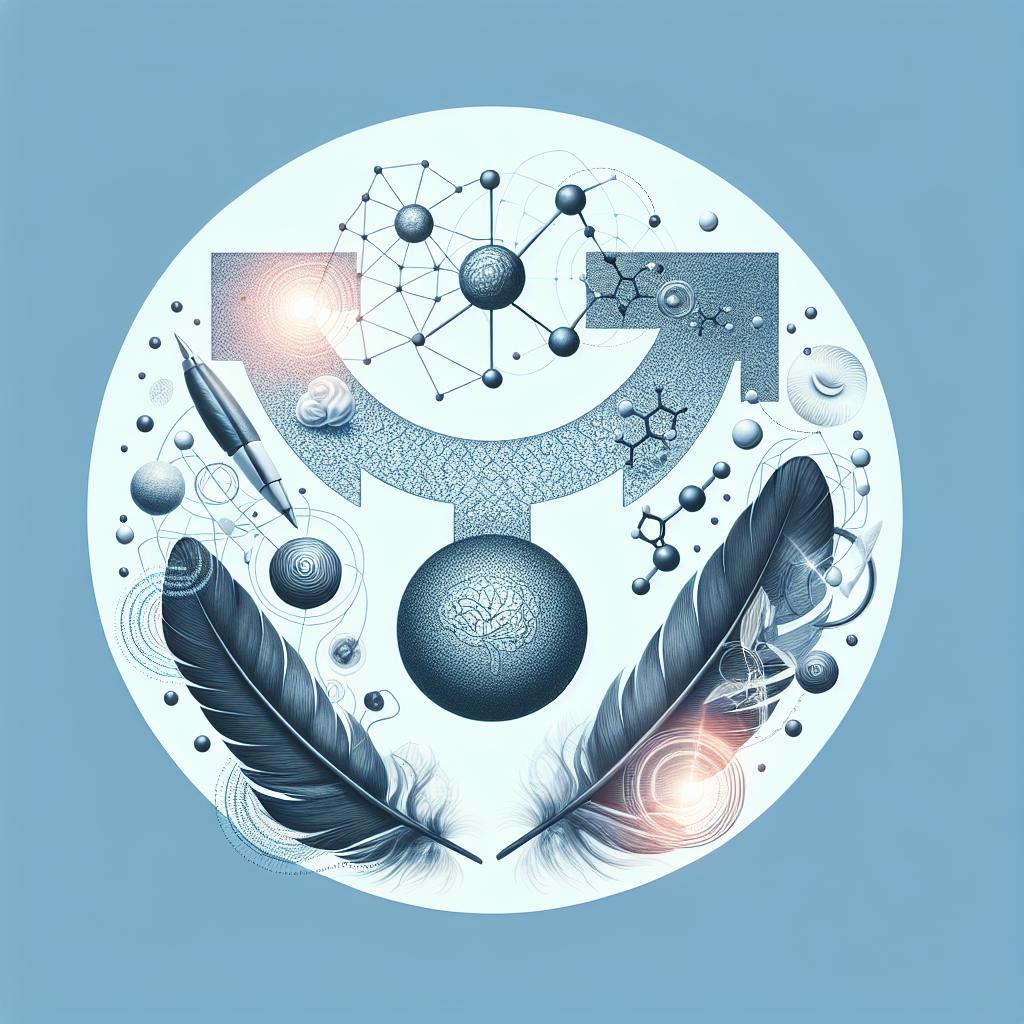
The Science Behind Testosterone Therapy for Injury Rehabilitation
Testosterone therapy has gained popularity as a vital component in the realm of injury rehabilitation, leveraging the hormone’s profound effects on muscle, bone, and overall physical recovery. Medical studies indicate that testosterone plays a crucial role in protein synthesis, promoting muscle growth and repair, thereby contributing to faster recovery from injuries. This therapy enhances not only physical strength but also bone density, which is particularly beneficial for athletes recovering from fractures or severe strains. The hormone’s influence on mood and motivation cannot be overlooked either; it helps to combat fatigue and depression that often accompany physical injuries, creating a more rounded approach to recovery.
Key mechanisms through which testosterone therapy aids rehabilitation include:
- Increased Muscle Mass: Enhances recovery by accelerating muscle fiber repair.
- Improved Bone Density: Reduces the risk of future injuries.
- Boosted Red Blood Cell Production: Enhances oxygen delivery to tissues, improving endurance.
- Enhanced Collagen Synthesis: Aids in the healing processes of connective tissues.
To illustrate the effects of testosterone therapy, consider the following table that summarizes key benefits:
| Benefit | Description |
|---|---|
| Muscle Recovery | Speeds up the healing of muscle tissues post-injury. |
| Bone Healing | Promotes faster recovery of fractured bones. |
| Mood Enhancement | Improves mental outlook during the rehabilitation phase. |
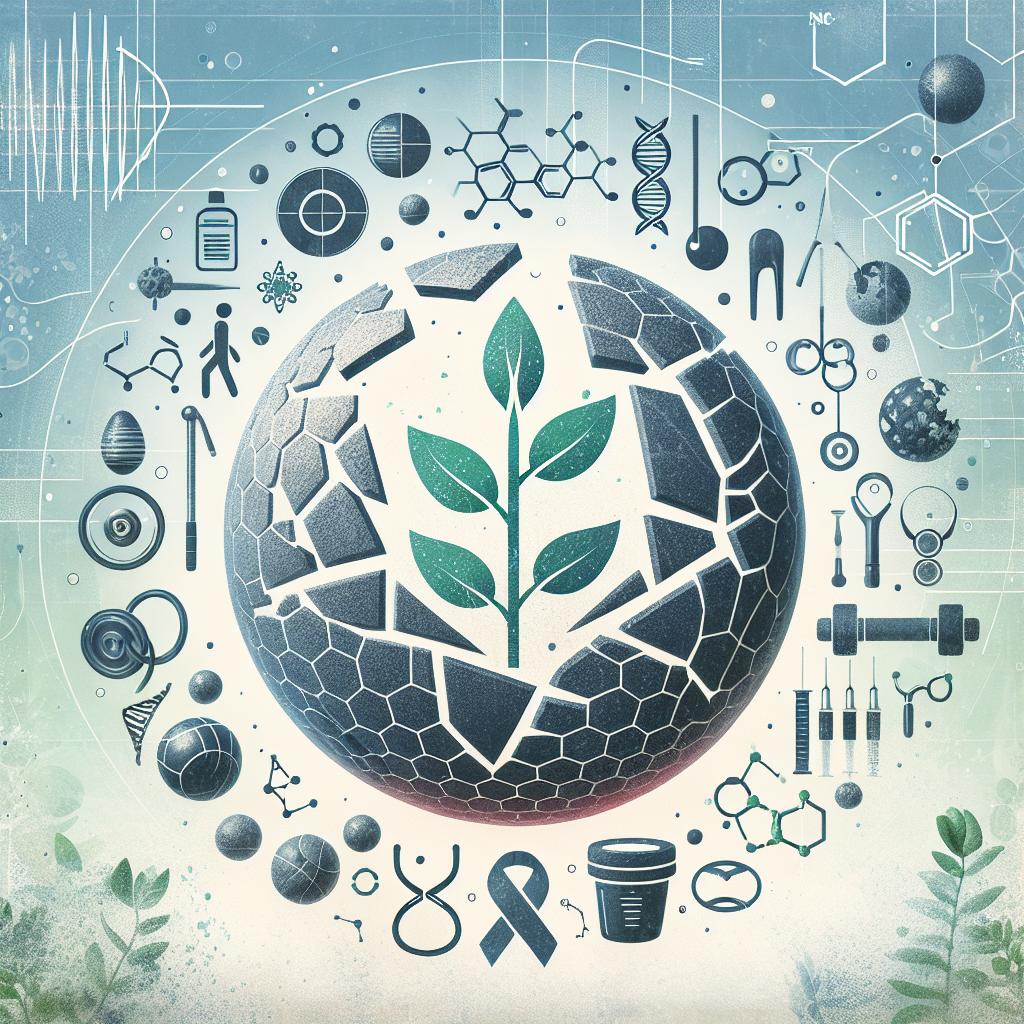
Evaluating the Benefits and Risks of Exogenous Testosterone
Exogenous testosterone therapy has gained traction among athletes and individuals recovering from injuries, positing potential benefits that merit consideration. One of the foremost advantages is its role in enhancing muscle mass and strength, which can be crucial during rehabilitation. This therapy may also improve bone density, offering a protective factor against potential injuries as individuals re-engage in physical activities. Other reported benefits include improved mood, increased energy levels, and enhanced recovery times, which can significantly affect an individual’s overall rehabilitation experience. The prospect of faster tissue repair and reduced pain often leads to a more positive attitude towards recovery, fostering an environment for better outcomes.
However, the use of exogenous testosterone is not without its risks, necessitating a careful evaluation before initiation. Potential side effects may include hormonal imbalances, leading to issues like estrogen conversion, increased risk of cardiovascular events, and mood swings. Additionally, there are concerns related to long-term dependency on synthetic hormones, which could disturb the body’s natural testosterone production. Other risks might involve complications concerning the prostate, particularly in older patients. Therefore, weighing the pros against the cons is essential for those considering testosterone therapy, underscoring the importance of consulting healthcare professionals for tailored advice.

Guidelines for Safe Administration of Testosterone Therapy
When considering testosterone therapy for injury recovery, adhering to safety guidelines is paramount to ensure both efficacy and well-being. Before starting therapy, it’s essential to consult a healthcare professional who specializes in hormone therapy. They can evaluate individual health conditions and determine whether testosterone therapy is appropriate. Important factors to discuss include medical history, potential allergies, and existing medications that may interact with testosterone. Regular monitoring through blood tests is also critical to check testosterone levels and assess the therapy’s effectiveness.
In addition to professional guidance, it is vital to follow a structured approach to dosage and administration. Key points to remember include:
- Start with the lowest effective dose to minimize risks.
- Administer testosterone as prescribed—consistency contributes to optimal results.
- Stay aware of potential side effects, such as mood changes or fluid retention.
Moreover, consider integrating lifestyle modifications to enhance recovery, such as balanced nutrition, adequate hydration, and regular physical activity. These simple yet profound changes can exponentially improve healing outcomes while undergoing testosterone therapy.

Integrating Nutrition and Exercise with Testosterone Treatment
To maximize the benefits of testosterone therapy during injury recovery, it’s essential to adopt a holistic approach that integrates nutrition and exercise. Proper nutritional choices can dramatically influence recovery outcomes. Focus on a diet rich in the following:
- Lean proteins: Essential for muscle repair and growth.
- Healthy fats: Important for hormonal balance.
- Complex carbohydrates: Provide sustained energy for workouts.
- Vitamins and minerals: Support overall health and immune function.
Incorporating a tailored exercise regimen is equally crucial. Strengthening muscles around the injury site can enhance stabilization and reduce the risk of future injuries. Consider the following types of exercises:
- Resistance training: Boosts muscle mass and strength.
- Mobility exercises: Improve flexibility and range of motion.
- Aerobic conditioning: Enhances cardiovascular health without overstraining injured tissues.
| Nutrition | Exercise Type |
|---|---|
| Lean proteins (chicken, fish) | Resistance training (weights, bands) |
| Healthy fats (avocado, nuts) | Mobility exercises (yoga, stretching) |
| Complex carbohydrates (quinoa, oats) | Aerobic conditioning (walking, cycling) |
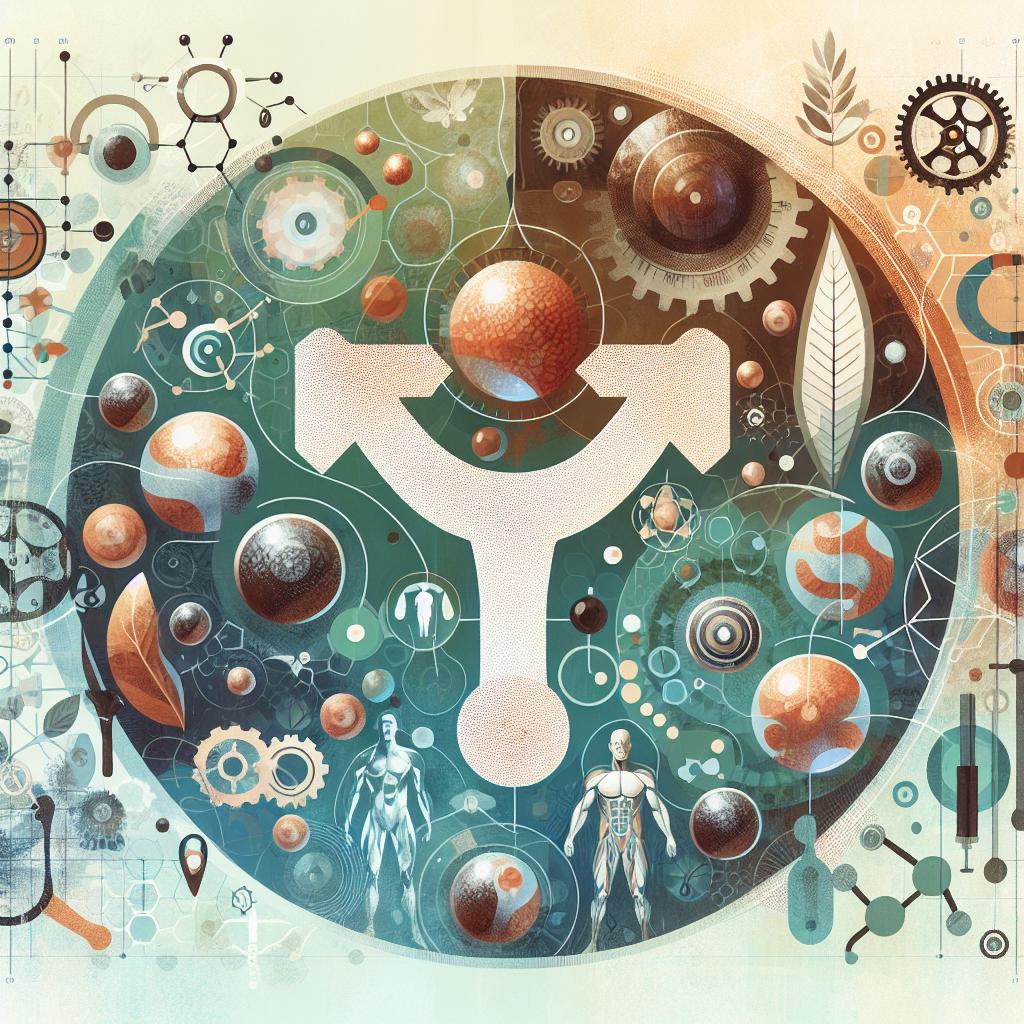
Case Studies: Success Stories of Testosterone in Recovery
In the realm of recovery from injuries, there are numerous success stories that highlight the transformative effects of testosterone therapy. Athletes and individuals recovering from surgery often report significant improvements in their overall recovery times and outcomes. For instance, a study involving professional soccer players demonstrated that those receiving testosterone therapy experienced enhanced muscle regeneration, faster healing of soft tissues, and a notable reduction in the perception of pain. These individuals not only returned to their sport sooner but often reported improvements in their overall performance and endurance levels compared to their peers.
Beyond professional athletes, everyday individuals have also benefitted from testosterone therapy during their recovery processes. Case studies have shown that those undergoing treatment after joint surgeries or severe fractures experienced quicker rehabilitation timelines. Participants noted the following benefits:
- Increased Muscle Mass: Enhanced muscle rebuilding post-injury.
- Pain Management: Significantly reduced pain perception.
- Improved Motivation: Heightened energy levels fostering engagement in rehabilitation exercises.
The lasting impact of these success stories continues to shape the clinical approach to recovery, positioning testosterone therapy as a valuable tool in injury rehabilitation and recovery plans.
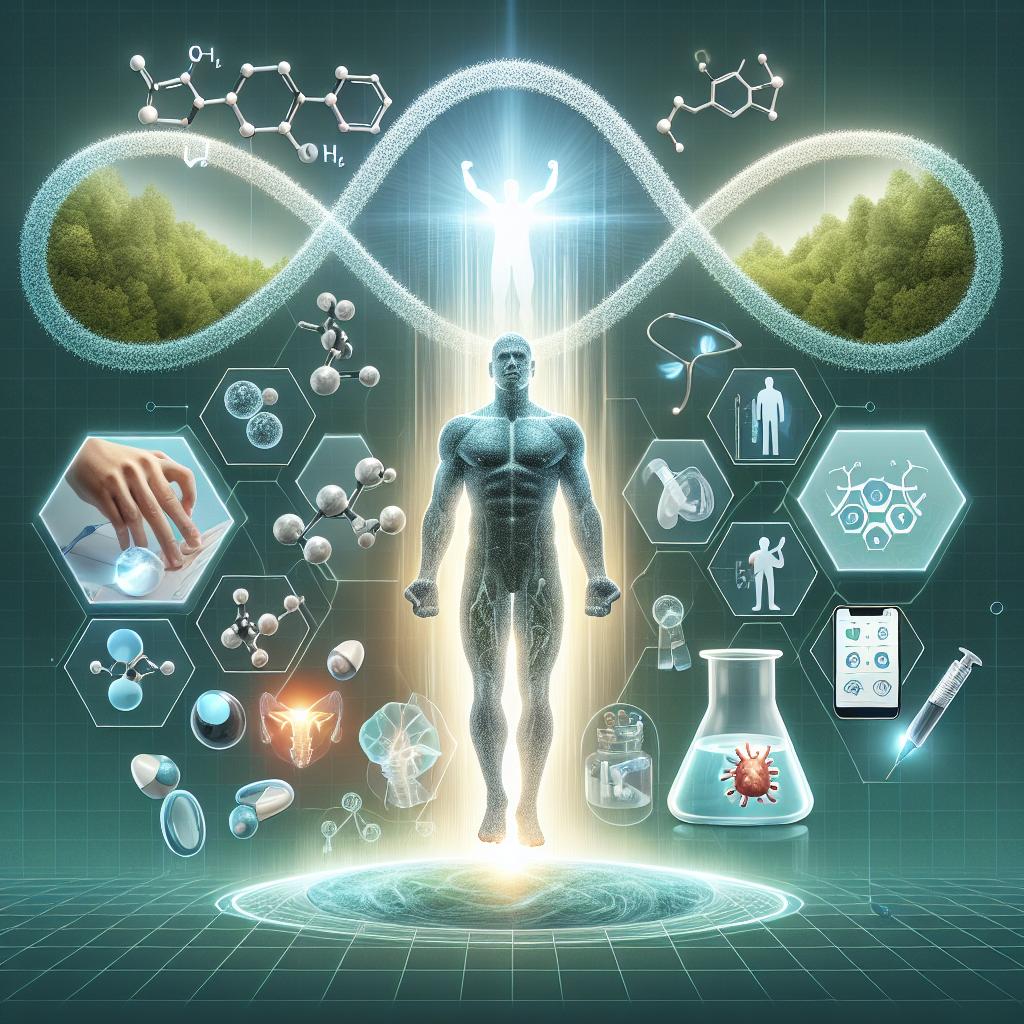
Future Directions in Research: Exploring New Frontiers in Hormonal Therapy
As researchers delve deeper into the intricate relationship between testosterone and recovery from injury, several promising avenues of exploration are emerging. Current studies suggest that testosterone therapy may enhance muscle repair and regeneration mechanisms, leading to quicker recovery times for athletes. Future research could focus on:
- Optimal dosage and delivery methods for maximizing recovery benefits.
- Long-term effects of testosterone therapy on overall health and performance.
- Comparative analyses of testosterone therapy against other hormonal treatments.
- Genetic profiling to personalize therapy based on individual hormonal responses.
Moreover, the implications of testosterone therapy extend beyond athletic performance. Investigating the impact on bone density, immune system functionality, and psychological wellbeing during the recovery phase could uncover new therapeutic potentials. An emerging area worth exploring is the role of testosterone in regenerative medicine, which holds promise for not only sports injuries but also chronic conditions. A comparative overview of these potential research directions is summarized in the following table:
| Research Area | Potential Impact |
|---|---|
| Optimal Dosage | Maximized recovery efficiency |
| Long-term Effects | Insight into health and safety |
| Comparative Analyses | Understanding the relative benefits |
| Genetic Profiling | Personalized treatment strategies |
| Regenerative Medicine | Broader applications for recovery |
Q&A
Q&A: Testosterone Therapy for Injury Recovery
Q1: What is testosterone therapy, and how does it relate to injury recovery?
A1: Testosterone therapy involves the administration of testosterone to individuals whose levels may be low—often due to aging, medical conditions, or injury. In the context of injury recovery, testosterone can potentially enhance muscle growth, improve strength, and accelerate the healing process by promoting the synthesis of proteins and the repair of tissues.
Q2: Who could benefit from testosterone therapy during recovery from an injury?
A2: Individuals who have experienced significant injuries or trauma, particularly athletes or active individuals, may find testosterone therapy beneficial. It may be especially useful for those with low baseline testosterone levels or for athletes recovering from surgical interventions. However, a thorough medical evaluation is essential before considering this treatment.
Q3: What types of injuries might testosterone therapy assist in healing?
A3: Testosterone therapy might assist with recovery from various musculoskeletal injuries, such as fractures, ligament tears, and muscle strains. It’s particularly noted for its role in speeding up muscle regeneration and improving bone density, hence its potential usefulness in recovery scenarios.
Q4: Are there any risks associated with testosterone therapy?
A4: Yes, like any medical treatment, testosterone therapy comes with its own set of risks. Potential side effects can range from mood swings and acne to more serious conditions like cardiovascular problems or sleep apnea. It’s vital for individuals to have a comprehensive discussion with their healthcare providers to weigh the benefits against these risks.
Q5: How is testosterone therapy administered?
A5: Testosterone therapy can be administered in several ways: through injections, transdermal patches, topical gels, or pellets that are implanted under the skin. The method of administration often depends on patient preference and the specifics of their medical situation.
Q6: Is there scientific evidence supporting the effectiveness of testosterone therapy for injury recovery?
A6: Research on the efficacy of testosterone therapy for injury recovery is ongoing. Some studies indicate positive outcomes in muscle mass increase and recovery speed, while others emphasize the need for more rigorous trials to draw definitive conclusions. It’s an evolving field, and continued research is necessary to fully understand its potential.
Q7: What precautions should individuals consider before starting testosterone therapy?
A7: Individuals should consider their overall health, existing medical conditions, and any medications they’re currently taking. A thorough evaluation by a doctor is essential, including blood tests to assess hormone levels and a discussion about potential side effects and health risks.
Q8: Can testosterone therapy replace traditional recovery methods like physical therapy?
A8: No, testosterone therapy is not a standalone solution. It should complement traditional recovery methods, such as physical therapy, proper nutrition, and rest. Each of these components works synergistically to support overall healing and rehabilitation.
Q9: How long does it usually take to see results from testosterone therapy?
A9: The timeline for seeing results can vary from person to person. Some individuals may notice improvements within a few weeks, particularly in terms of energy levels and mood, while others may take several months to feel the full effects on muscle recovery and growth.
Q10: What’s the bottom line for individuals considering testosterone therapy for injury recovery?
A10: The bottom line is that testosterone therapy can be a valuable tool in the recovery arsenal, but it requires careful consideration and professional medical guidance. Individuals should pursue this therapy in a safe, informed manner, integrating it with other recovery practices to pave the way for effective healing.
In Conclusion
In the evolving landscape of injury recovery, testosterone therapy emerges as a promising ally, sparking both curiosity and caution. As the dialogue around hormonal treatments continues to deepen, it’s clear that while testosterone may offer potential benefits for healing and rehabilitation, it is not a one-size-fits-all solution.
For athletes and individuals navigating the road to recovery, informed decision-making is paramount. Collaborating with healthcare professionals ensures a personalized approach that considers both the advantages and risks associated with this therapy.
As we continue to explore the intricate relationship between hormones and healing, the path forward is illuminated not just by scientific inquiry but by the shared experiences of those who’ve walked it. Remember, recovery is multifaceted; testosterone may be a component, but holistic health and well-being should remain the guiding compass on the journey to reclaiming strength and vitality. Each step taken is a testament to resilience, and with the right strategies, the body can emerge stronger than before.

